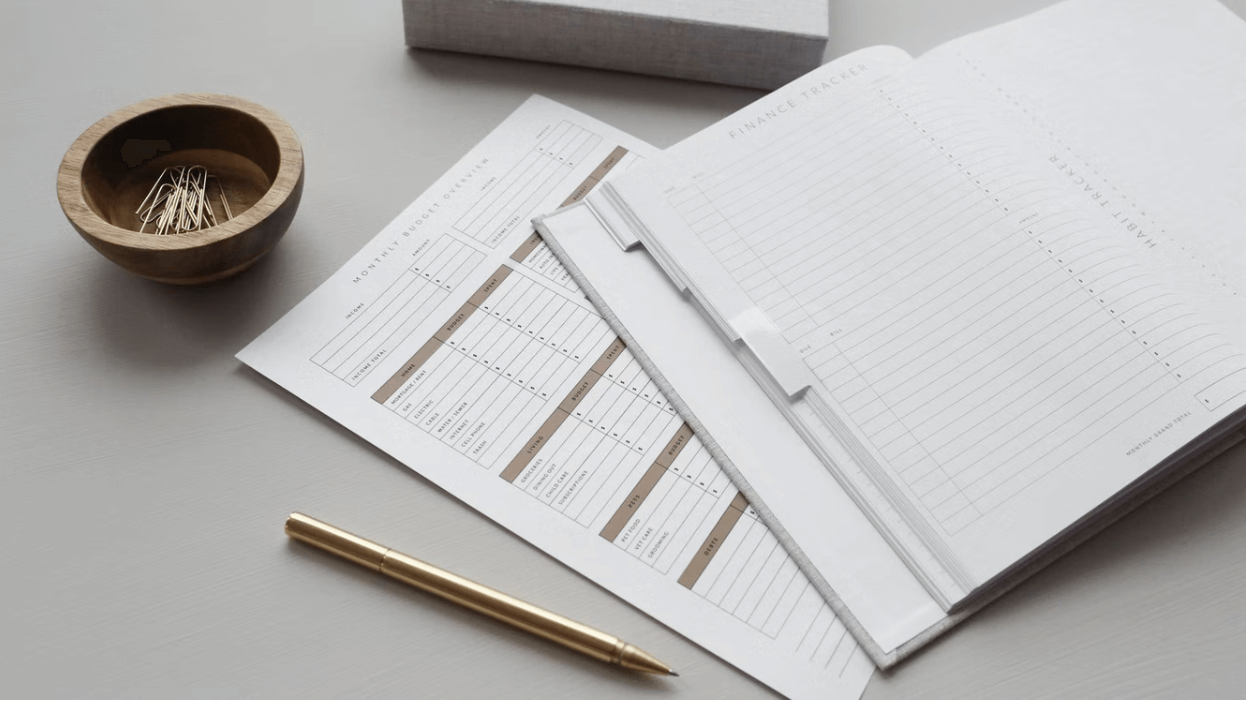Mortgage refinancing is the process of obtaining a new mortgage in order to replace an existing mortgage. This can be done for a number of reasons, including getting a lower interest rate, switching from a variable rate to a fixed rate, or taking cash out of the equity in your home. In this blog post, we will discuss the benefits of mortgage refinancing and how it can help you save money on your monthly payments!
What is mortgage refinancing?
To refinance a mortgage means to take out a new loan to replace an existing mortgage. Mortgage refinancing can be helpful for homeowners who want to save money on their monthly mortgage payments, or who want to access the equity they’ve built up in their homes.
When you refinance your mortgage, you’ll work with a lender to agree on new terms for your loan. These terms will include a new interest rate, as well as a new loan amount and repayment timeline. You’ll also need to pay closing costs when you refinance your mortgage.
Closing costs are typically around two to five percent of the total loan amount. So, if you’re refinancing a $200,000 mortgage, you can expect to pay $4000 to $10000 in closing costs. Your lender can help you estimate your closing costs when you apply for a loan.
How does it work?
If you have a mortgage, you may be able to refinance it. Mortgage refinancing is taking out a new loan with different terms to replace your current mortgage. Why would you want to do this? There are several reasons. Maybe your credit score has improved since you got your original mortgage and you can now qualify for a lower interest rate. Perhaps you want to switch from an adjustable-rate mortgage (ARM) to a fixed-rate mortgage. Or maybe you took out a balloon mortgage and now need to refinance before the balloon payment comes due.
There are several things to consider before refinancing your mortgage. First, you need to know what your goals are. Do you want a lower monthly payment? Are you trying to pay off your mortgage faster? Or do you want to tap into your home equity to finance a home improvement project or consolidate debt?
Next, you need to compare mortgage rates and terms from different lenders. Be sure to look at both fixed-rate and adjustable-rate mortgages. You also need to consider the fees associated with refinancing, which can include closing costs, points, and appraisal fees.
Finally, you need to calculate whether refinancing makes financial sense for you. To do this, you need to compare your current monthly mortgage payment with your projected monthly payment under a new mortgage. You also need to factor in the upfront costs of refinancing. In general, you should only refinance if you plan to stay in your home for at least a few years and if the savings from refinancing outweigh the costs.
Types of mortgage refinancing
In order to take advantage of lower interest rates, many homeowners choose to refinance their mortgages. There are two main types of mortgage refinancing:
-Rate and term refinance: With this type of refinance, the interest rate on loan is reduced while the loan’s terms remain the same. This is usually done in order to lower monthly payments.
-Cash-out refinance: With this type of refinance, the borrower takes out a new loan that is larger than the existing mortgage. So, when it comes to the cash out refinance option, the difference between the two loans is paid to the borrower in cash. This type of refinancing is usually done in order to make home improvements or pay off other debts.
The benefits of mortgage refinancing
As we all know, one of the main reasons people choose to refinance their mortgage is to save money. By refinancing to a lower interest rate, you can end up saving yourself thousands of dollars over the life of your loan. In addition, if you’re able to refinance to a shorter loan term, you can save even more money in interest payments. Mortgage refinancing can also be a great way to consolidate your debt, which can save you money in the long run as well.
How to qualify for mortgage refinancing
If you have good credit, plenty of equity, and a steady income, you should qualify for mortgage refinancing. To get the best terms on your refinance loan, compare offers from multiple lenders. When you’re ready to move forward with a lender, make sure to get the loan estimate in writing.
This will give you an idea of what fees to expect at closing. You can also use this document to compare the total cost of your new loan with your current mortgage. If you’re happy with the numbers, proceed with refinancing your home. If not, keep shopping for a better deal.
The steps involved in the refinancing process
One of the first things you’ll need to do is find out if refinancing is right for your particular situation. To do this, ask yourself a few key questions:
-Are current interest rates lower than when you originally obtained your mortgage?
-Do you have an adjustable rate mortgage that’s about to reset at a higher interest rate?
-Is your mortgage about to be paid off, and you want to take cash out of your home’s equity?
-Do you have a second mortgage or home equity line of credit that you want to consolidate with your first mortgage?
-Are you unhappy with your current lender?
If you answered yes to any of the above, refinancing may make sense for you.
Once you’ve decided that refinancing is the right move, there are a few steps you’ll need to take in order to complete the process.
-Gather information about your current mortgage, including the balance, interest rate, and monthly payments. You’ll also need to know how much equity you have in your home.
-Research current interest rates to find out how much you could potentially save by refinancing. This will help you determine whether refinancing makes financial sense for you.
-Compare different lenders to find the best deal. Be sure to compare things like interest rates, fees, and repayment terms.
-Apply for a new mortgage. This involves completing a mortgage application and providing the lender with supporting documentation, such as pay stubs and tax returns.
-Close on your new loan. Once your loan is approved, you’ll need to sign the necessary paperwork and pay any closing costs.

Refinancing can be a great way to save money or consolidate debt. By taking the time to compare different lenders and find the best deal, you can ensure that refinancing is right for you. Hope this guide has helped you better understand what mortgage refinancing is and how it can be useful. Good luck!

